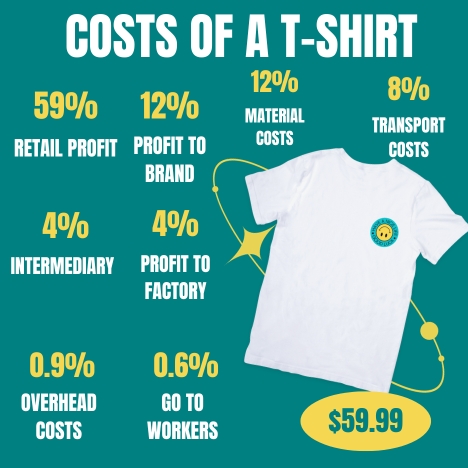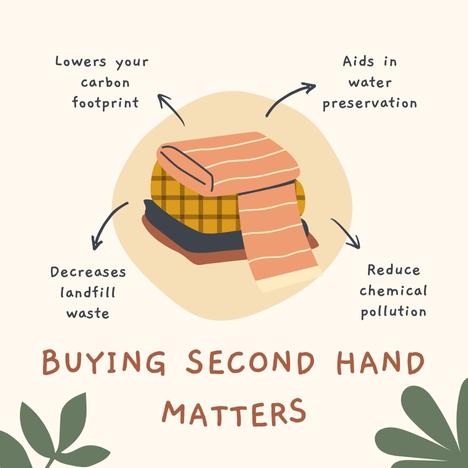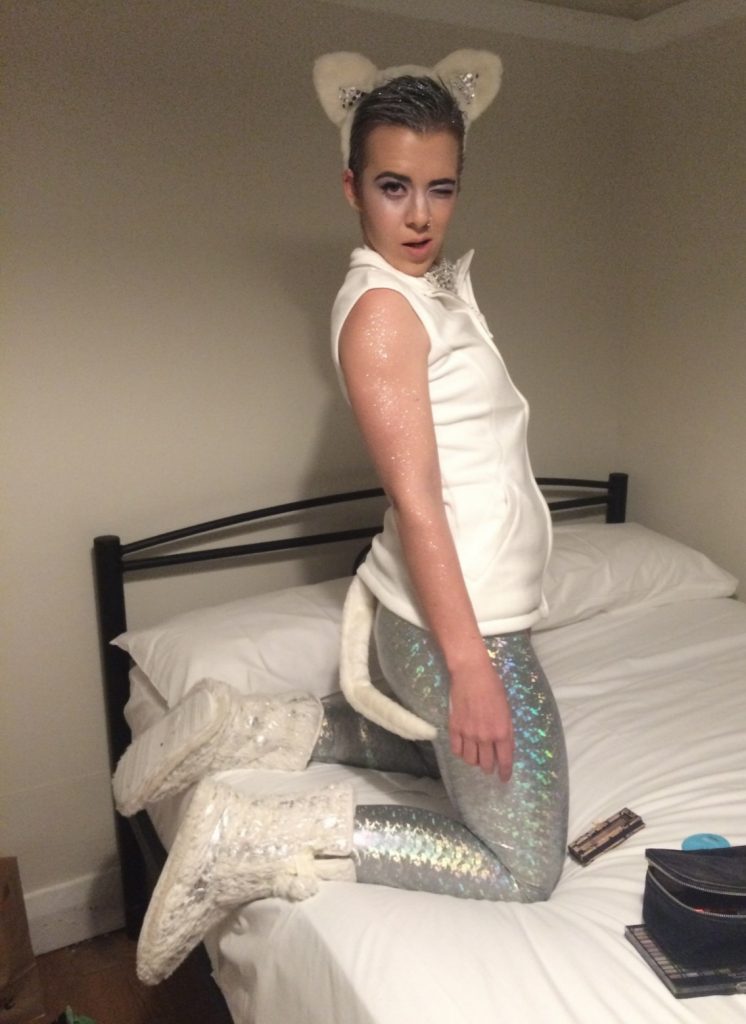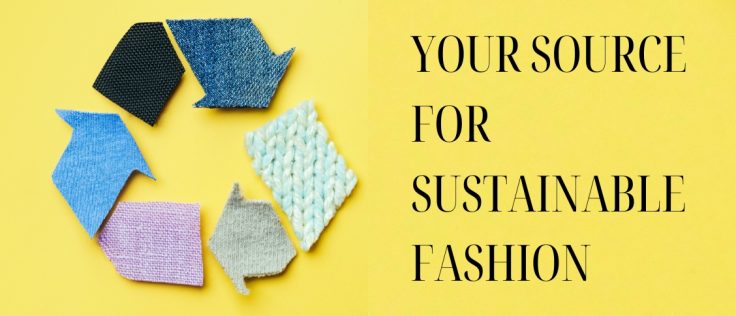Written by Jessie Simpson.
I don’t want to repeat an issue that you’ve probably heard a million times before. We REALLY need to change our clothing habits.
Giant clothing retailers are not ethical. Their workers don’t have rights, their sweatshops are still sweat shops, and they don’t care at all about the environment.
Their practices are environmentally destructive and if you’re thinking of buying from them you can use an app like Good On You to test any of their claims otherwise.
I love clothes, I love dressing up nice in nice clothes and when I was younger, I used to buy a different outfit for every time I went out.
As I began to fall down the rabbit hole of environmentalism, I began to learn just how destructive and wasteful (not to mention exploitative) the fashion industry is and suddenly… wearing a different outfit every other day, didn’t seem so cool.
You’ll probably see me wearing the same shirt and shorts (that I bought second hand) for a week straight!

As we’re right in the middle of the spring fashion season, I thought it was timely to open a discussion about the social and environmental issues associated with the fashion industry, and more specifically “fast fashion”.
There is a myriad of ethical issues associated with the high turn-over of clothing trends and like with many problematic industries, the driver of the problem is the affluent of the world and the “victims” are the impoverished.
Examine for a moment if you will, the amount of clothes in a single store.
Now, how many clothes shops are in a shopping centre?
Now imagine how many clothes shops in a town or suburb. State. Country. Continent. World. Do you think people are buying and wearing all that?
One thing is guaranteed – all of it becomes waste.
Some of it becomes waste the moment it comes out of the factory. Some of it gets worn until it becomes unwearable. But to reiterate, it ALL becomes waste.
To address the social implications first, most sweat shop workers don’t have access to basic working rights that you and I hold dear.

In this particular area of exploitation, women dominate the industry. It’s common for people to work extremely long days earning less than minimum wage, in unsafe workplaces (including extreme temperature, unsafe work buildings and exposure to chemicals) and without any kind of personal injury insurance.
I want to let you know that the fashion industry is actually the most environmentally damaging and wasteful industry on the planet. New Zealand and Australia have many landfills that are filled with clothing.
Many of these will have the tags still on. Why?
When you get your online order of 10 different outfits (or more if you’re into clothing hauls) and five them don’t fit or you don’t like them do you:
- Return to sender
- Send to the op-shop
- Put them in the bin or
- Put it into them into your wardrobe for 6 months then do one of the above?

Online outlets, discourage the return of clothes (without openly discouraging it), maybe you’ll have to pay return postage, maybe the clothes will be so cheap it seems hardly worth it, maybe they’ll tell you to keep it for a refund.
I once tried to return a pair of sunglasses I purchased that made me look like a sick blowfly seeking to protect three quarters of its face from the sun.
We’ll give you a refund and you get to keep the sunglasses that you will never wear because you have self-respect.
When clothes do end up being returned, the retailer sends them to landfill anyway.
This sounds a bit silly I know, but that is how cheap these clothes are to manufacture.
Cheaper to throw it out then to have the distribution employee in an affluent country with their fair working conditions and fair pay sift through and make sure the garments are fit for resale.
Charity shops are overwhelmed with the quantity of clothes they receive. Chances are if you found it didn’t fit right when you got it, the next person won’t either and it will end up in landfill.
You might decide to send your clothes to the op shop. And I will tell you something for nothing.
They DO NOT want your saggy gym leggings with holes in them. Please don’t put your clothes in the bin. Given them a wash. Send them to Upparel. Unless its undies, then send it too Underwearforhumanity.
I want to begin to wrap it up by briefly highlighting some of the other personal and environmental issues of fast fashion and maybe you can explore these in your own time.
- Water exploitation (a lot of water is used to manufacture clothes)
- Water, air, soil, land pollution (during production and beyond)
- Plastic pollution (most textiles these days consist of some level of plastic)
- Personal health implications (dyes and chemicals used in production as well as plastic synthetics sitting directly on your skin)
- Leather (is water intensive and often ends up exposing workers and community members to these chemicals, leather does not biodegrade particularly well because of the way its processed)
I don’t want a dead fashion industry. I think fashion is great!
I think identifying yourself through clothes is great, it’s personal, it’s liberating and I want to see more of it!
I want to see designers come through with new ideas and for them to reap the reward of their ingenuity.
But fashion comes at great cost, and the industry needs a lot of reform. Until that happens, you need to find new ways to express yourself.
If you have-to buy new (for real items such as leggings and shoes that don’t fit if they’ve had somebody else’s body parts in them) buy less, buy well and if possible buy natural fibres (save up for one great item rather than spending the same amount on ten items).
Fashion month is here and we’re going to see the trends that are going to come through over the next season or two and I implore to you to start buying and dressing consciously.











